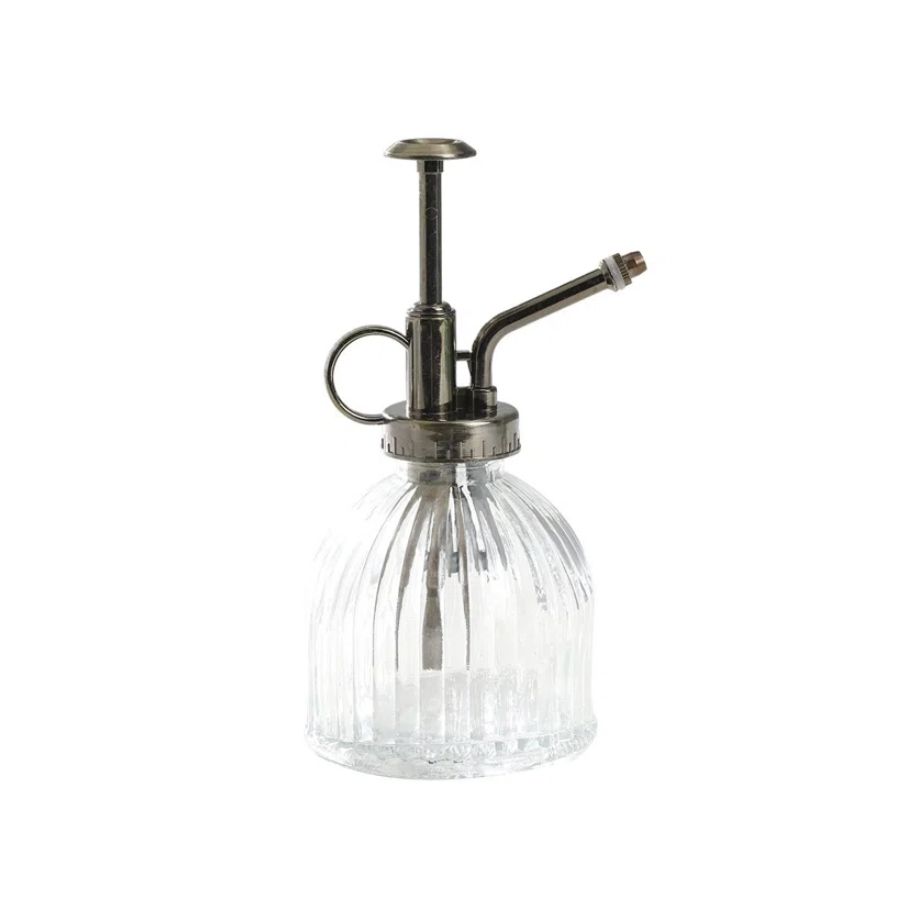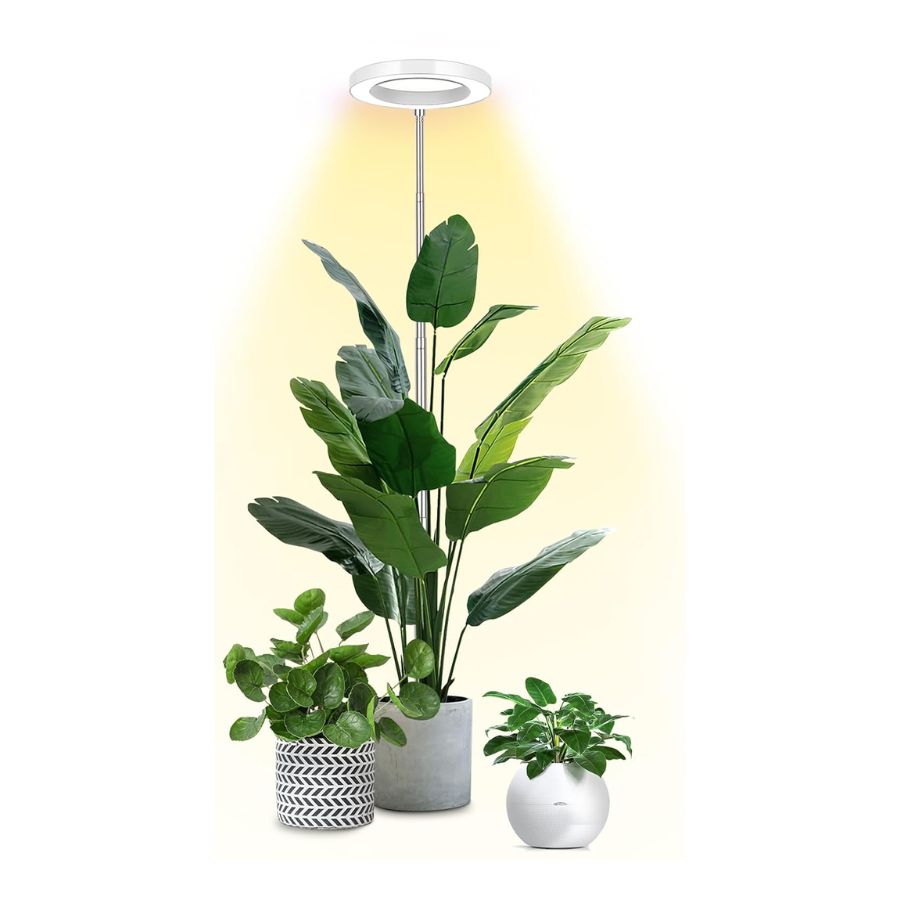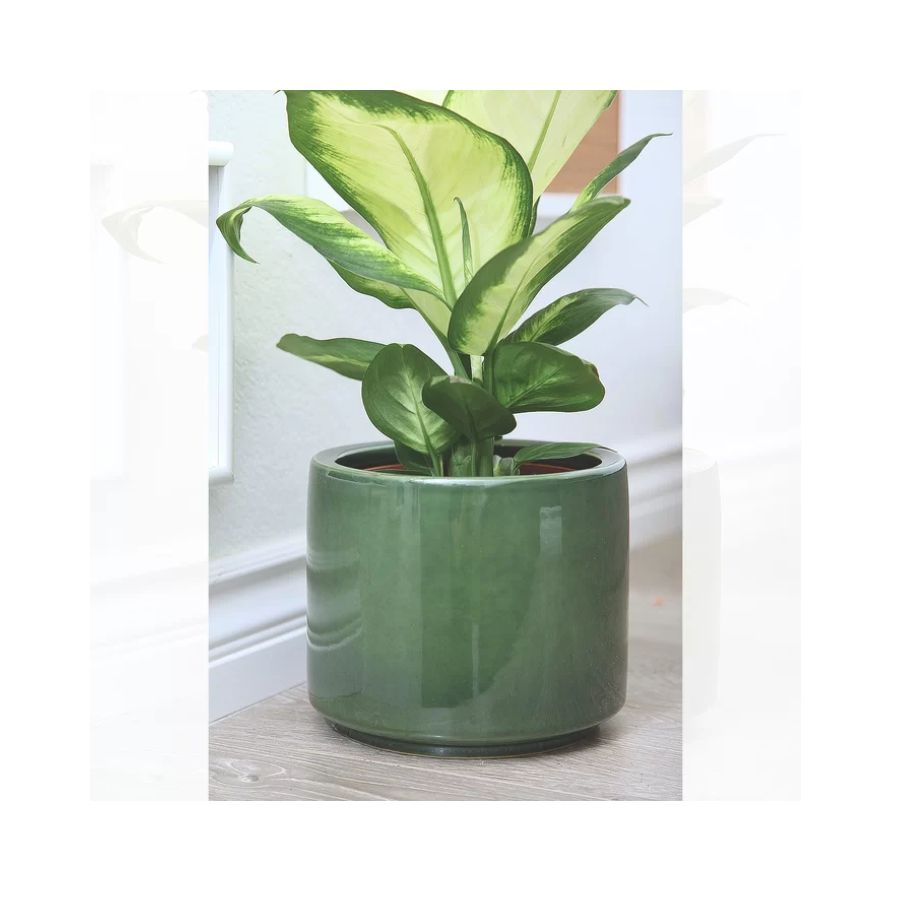'Protect them from the cold!' – 5 outdoor plants to bring indoors during November to ensure winter survival
Experts urge you to bring these five outdoor plants inside now to protect them from the cold
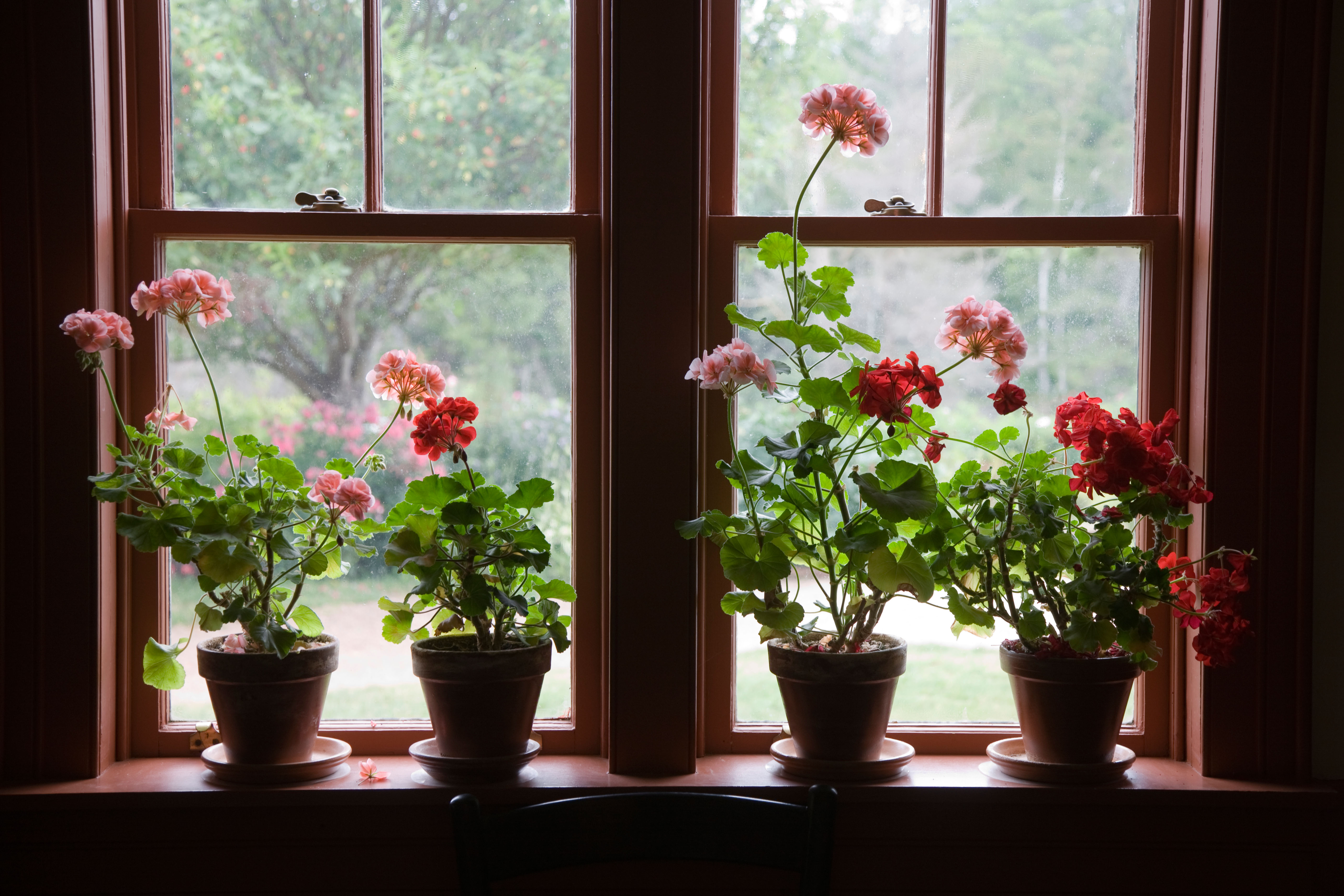
Low temperatures mean you’ll need to prepare your backyard for incoming frosts in order to ensure its health and longevity in spring. One of the most important things you need to do is bring some of your plants indoors as they won’t be able to withstand the cold, and now is probably your last chance to do it.
Plants that are more delicate will die if temperatures drop too low - especially citrus trees, geraniums, or begonias - and you wouldn’t want to undo all the good growth that’s happened over the warm months. While some plants might survive the cold, their growth can get stunted so you want to consider bringing those in too.
I spoke to garden experts who advised me on the most important plants to bring indoors and protect from the cold this season. Follow their advice and your modern garden will thank you for it come spring. Make sure, however, that you don’t rush to take your plants back outside. Check that the last expected frost has passed, and gradually acclimate them before permanently moving them back outside.
1. Fig trees
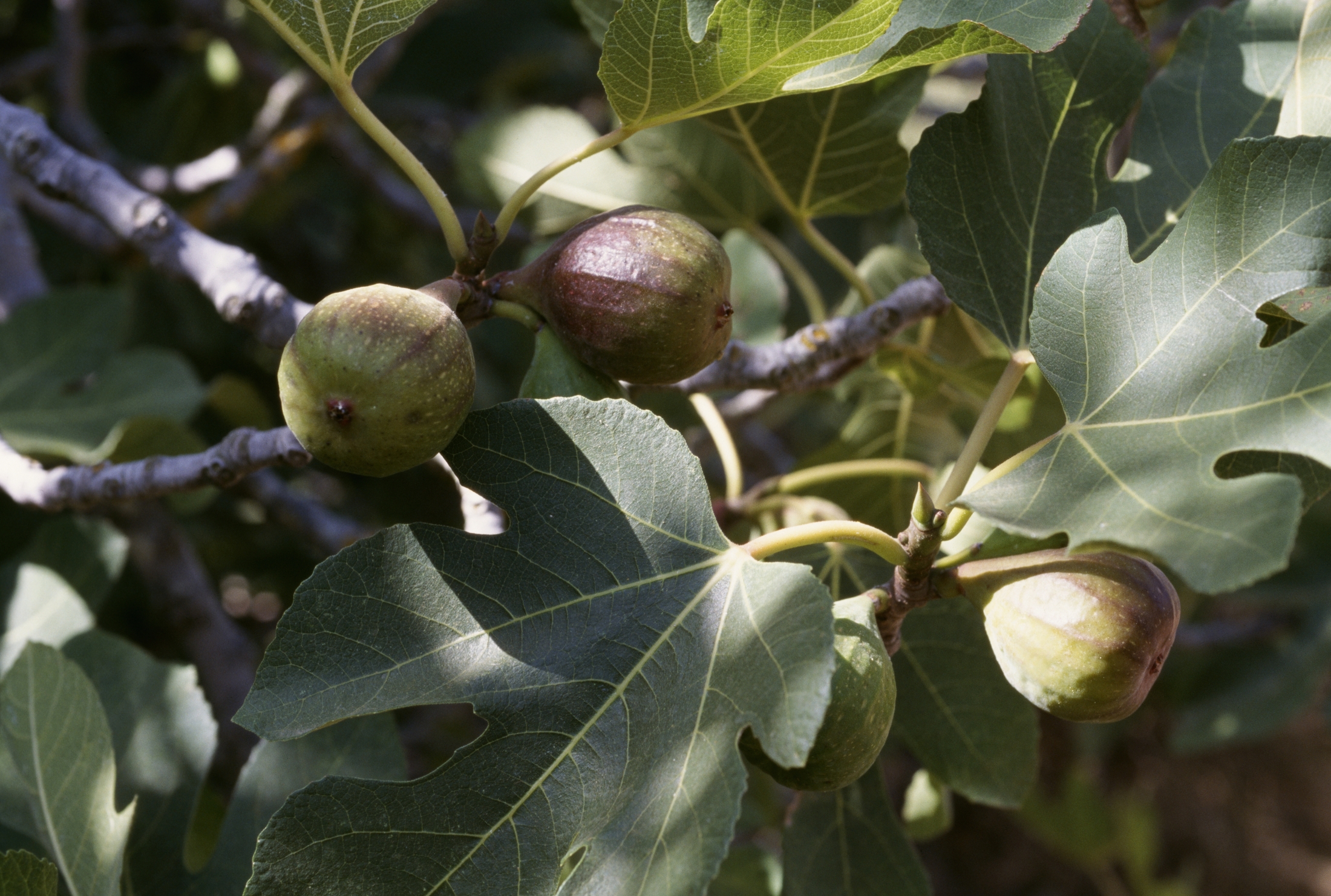
Overwintering your plants is a key task during November, and if you have a potted fig tree, it might need some extra warmth through the cold snap. ‘Marginally hardy plants like fig trees may need to be brought indoors or given extra mulch and a burlap wrap to help protect them over winter,’ advises landscape design expert Amber Freda.
One of the best trees to grow in pots, fig trees can survive low temperatures down to 10°F, and some varieties can withstand even lower temperatures. It’s useful to know which type of fig you own so you can assess if it needs bringing indoors or can be safely left outside.
When bringing your fig tree indoors, ensure it gets a lot of light. Some experts even recommend using LED plant growth lights to supplement the natural light and ensure the plant's health. And, even though you might think it unnecessary indoors, you should still keep an eye out for any pests that might cause damage to your fig tree.
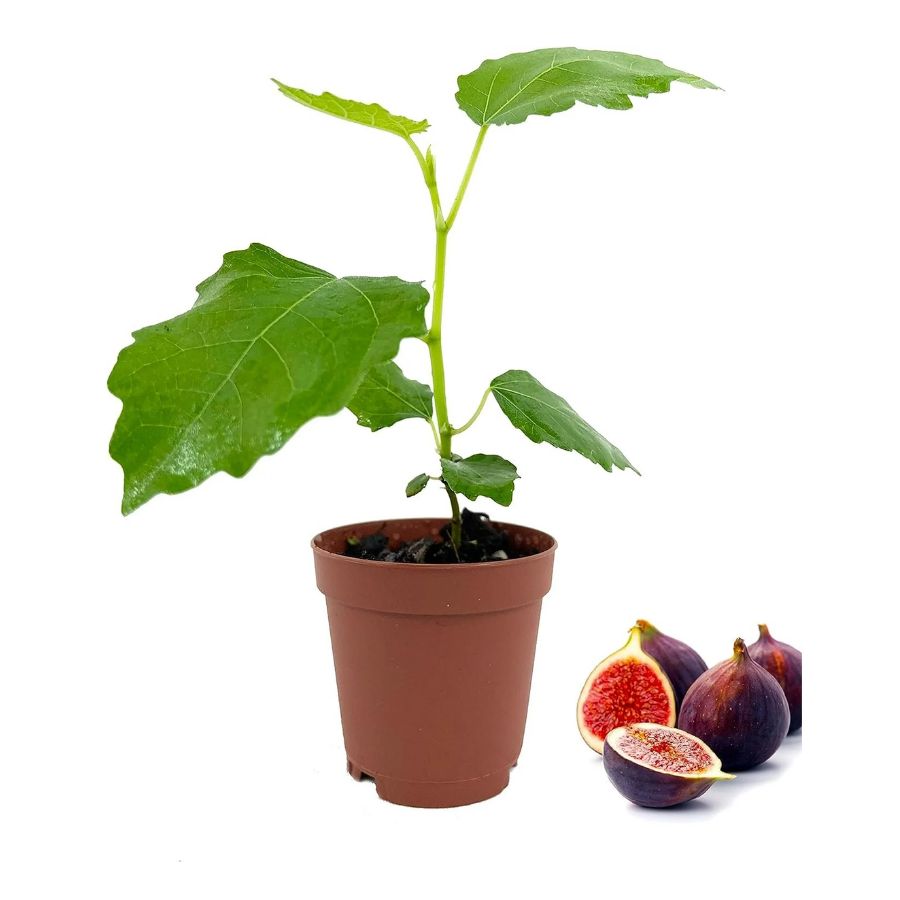
Price: $18.97
This fig tree if looked after correctly will produce fruit, although it does not require pollination.
2. Herbs

While a lot of herbs are quite sturdy, they’re better brought indoors over winter rather than kept in your backyard. ‘Hardy herbs will survive light frosts, but their growth will stall,’ explains Lina Cowley, senior editor at Trimmed Roots. ‘Sheltering them indoors allows harvests all winter. Pot up herbs like mint, rosemary, and thyme to keep harvesting their leaves,’ she advises. In fact, rosemary is actually one of the herbs that grow best in a kitchen anyway.
When bringing herbs indoors, it's a good idea to use a humidifier or mist them regularly so they don't dry out, as well as place them by a window that gets a lot of sunlight (aim for at least six hours a day). ‘Herbs like mint, rosemary, and thyme can come inside for 1-2 months when nights drop below 40°F, then be brought back outside once the risk of frost has passed,' says Lina.
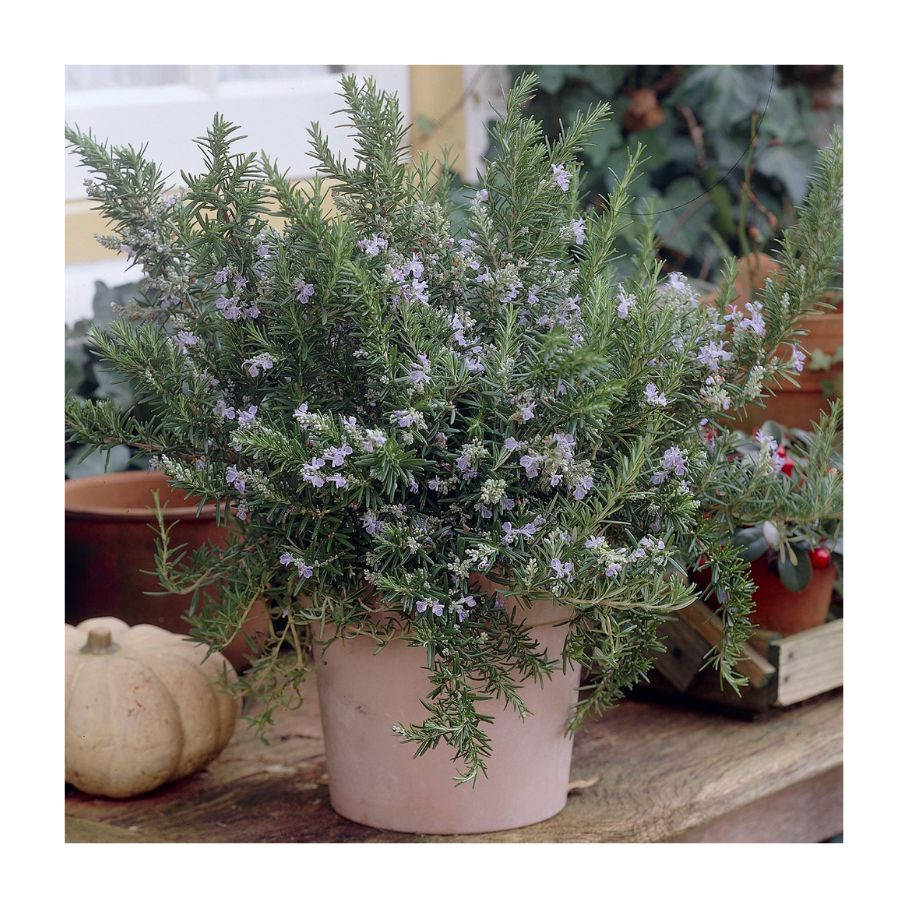
Price: $29.99
Herbs are great plants to bring indoors, and they will thrive in your kitchen, where you can use them for cooking.
3. Plants in containers
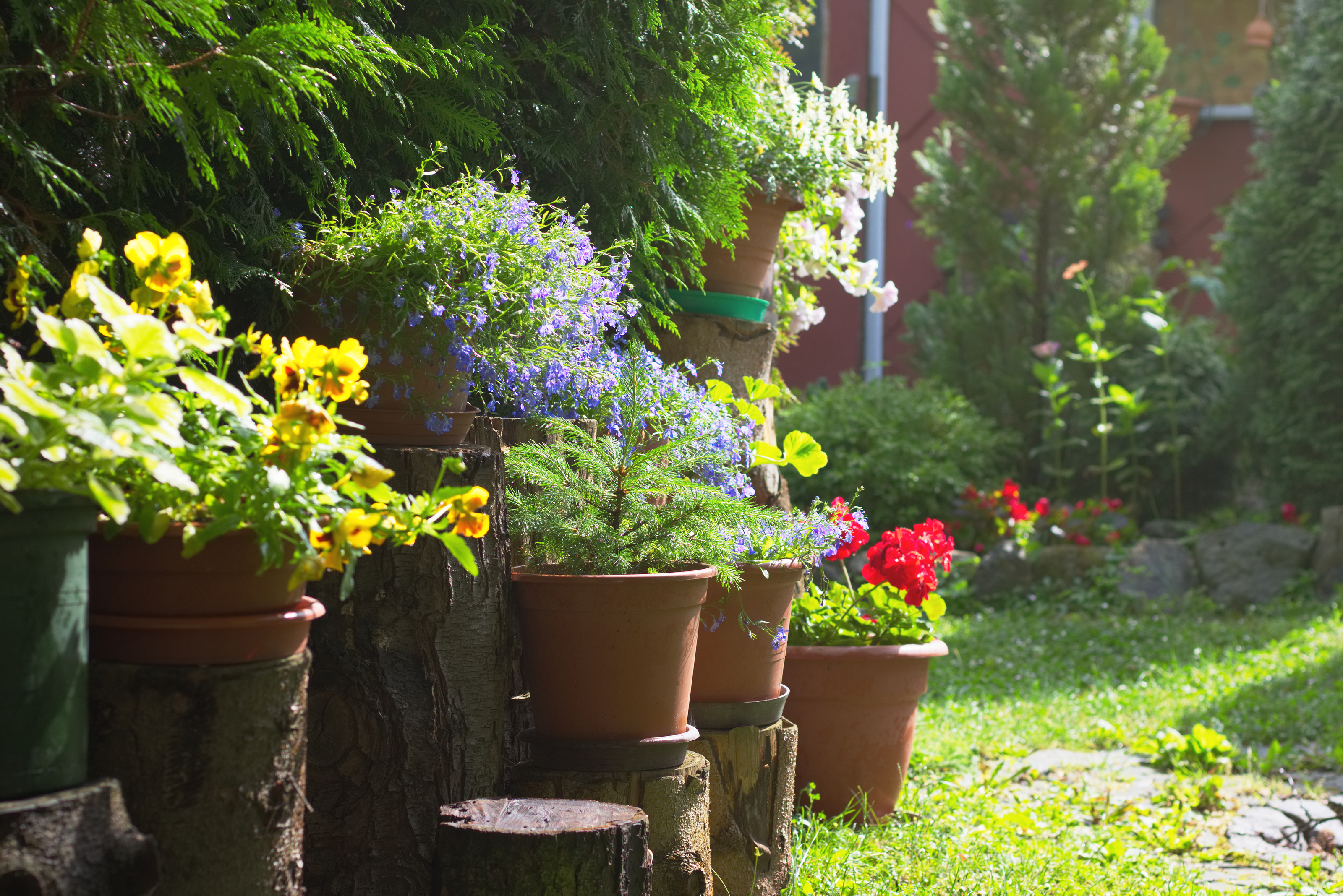
Container gardening is a great gateway for green-thumbed beginners, and the beauty of it is those potted plants can be moved indoors once temperatures drop. ‘Plants in containers are more susceptible to frost damage than plants in the ground,’ explains Amber.
In most cases, the issue will not be the plant itself, but the roots which will be less resistant as they're not buried in the ground where they would be protected from frost. With plants in containers, you also have the option of planting them in your garden if the soil is dry, as the roots will be better protected if you don’t want to bring them indoors.
When you move the container plants indoors, try to keep them grouped together and in a sheltered, warm area of the home that has natural light throughout the day. You’ll need to ensure there’s good drainage so the best solution for this would be to place the pots on feet. ‘Annual flowers like geraniums and begonias are tender plants that typically need to remain indoors for the entire winter, as long as four to six months in cooler regions,’ adds Lina.
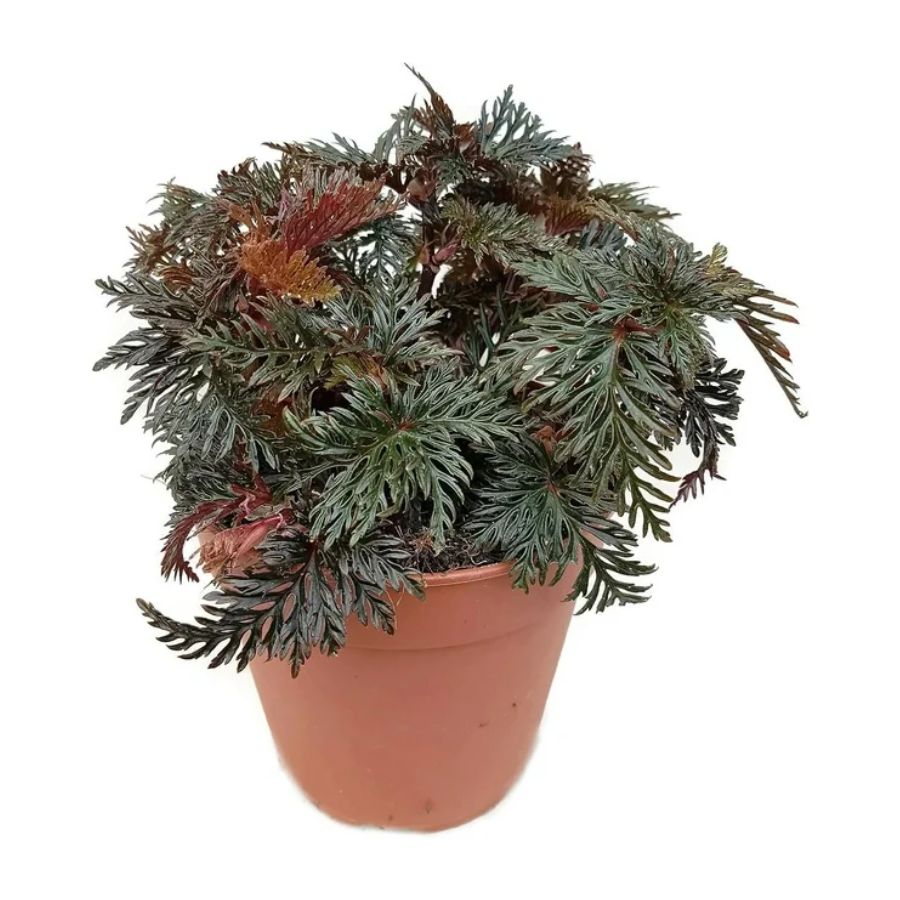
Price: $34.97
Begonias are plants that do well in pots, and should be brought indoors throughout winter.
4. Succulents
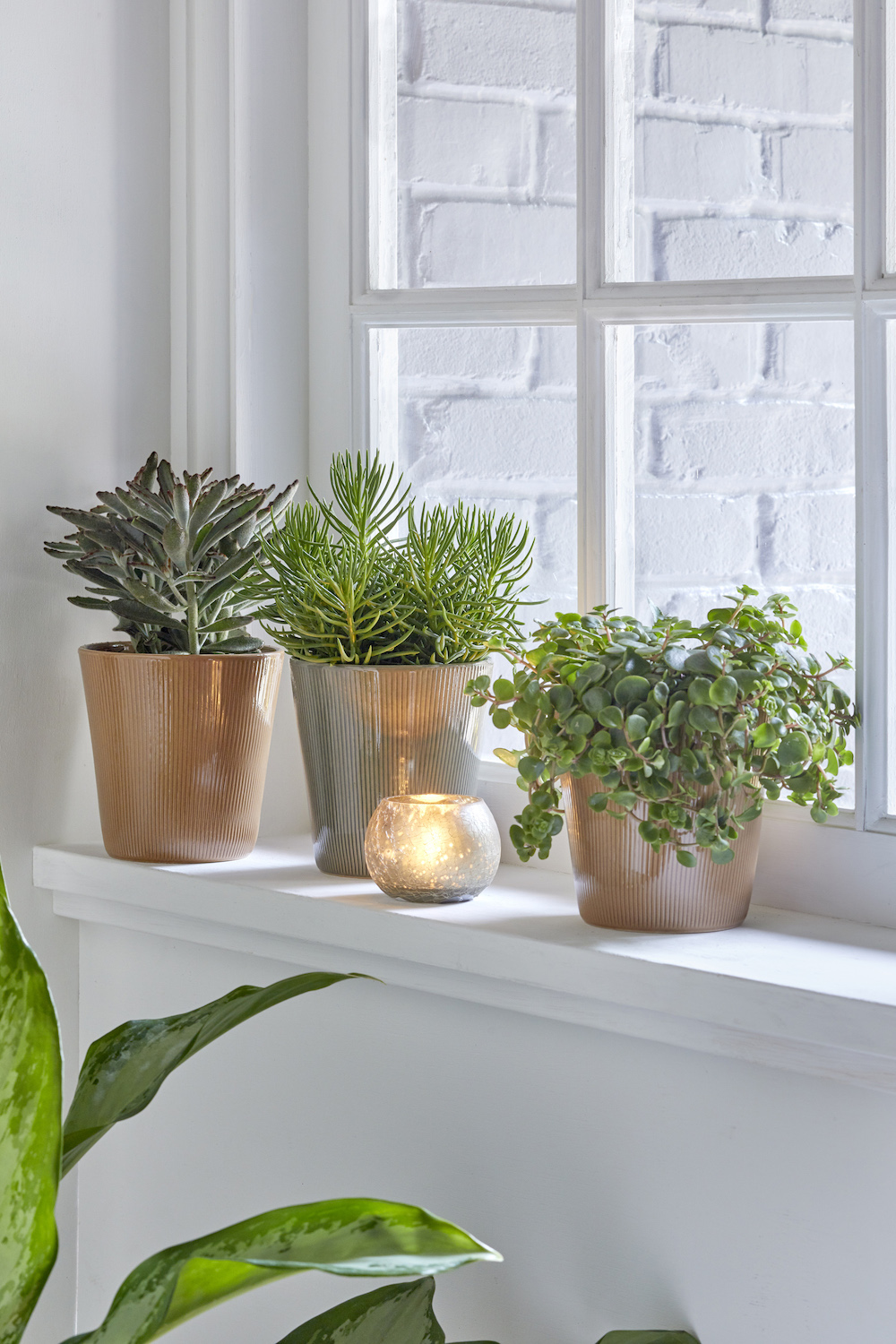
When it comes to how to care for succulents, Lina explains that they can tolerate a degree of cold, but their colors fade and growth slows, so it’s better to bring these indoors. ‘Succulents are perfect low-maintenance houseplants, adding fun shapes and textures,' she says. 'They also only need one to two months of shelter from cold snaps before they can be moved back outside.'
It's especially important you sure you don't overwater your succulents during winter. Keep them on the dryer side with just a bit of moisture and ensure they're in a spot where they can get natural light throughout the day. It's a good idea to spray your succulents with a surface insecticide a few weeks before bringing them indoors, too, to ensure they’ll be pest-free.
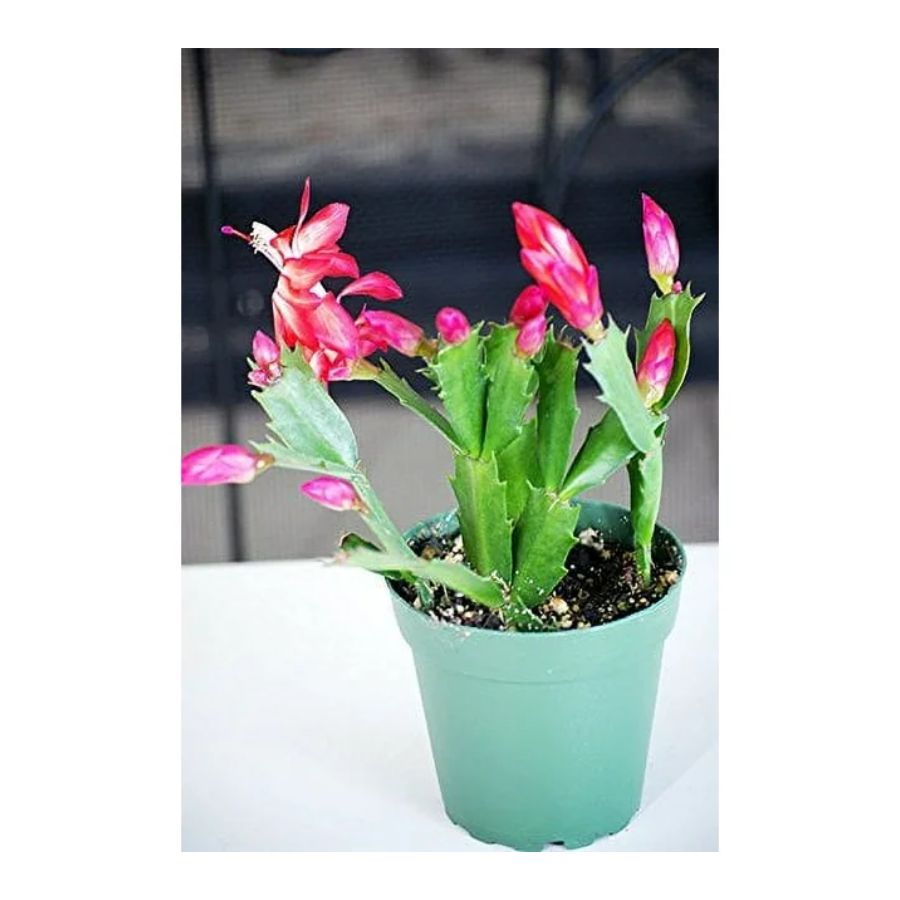
Price: $8.99
Make sure you don't overwater your cacti, and bring them indoors as the cold will slow their growth.
5. Citrus trees
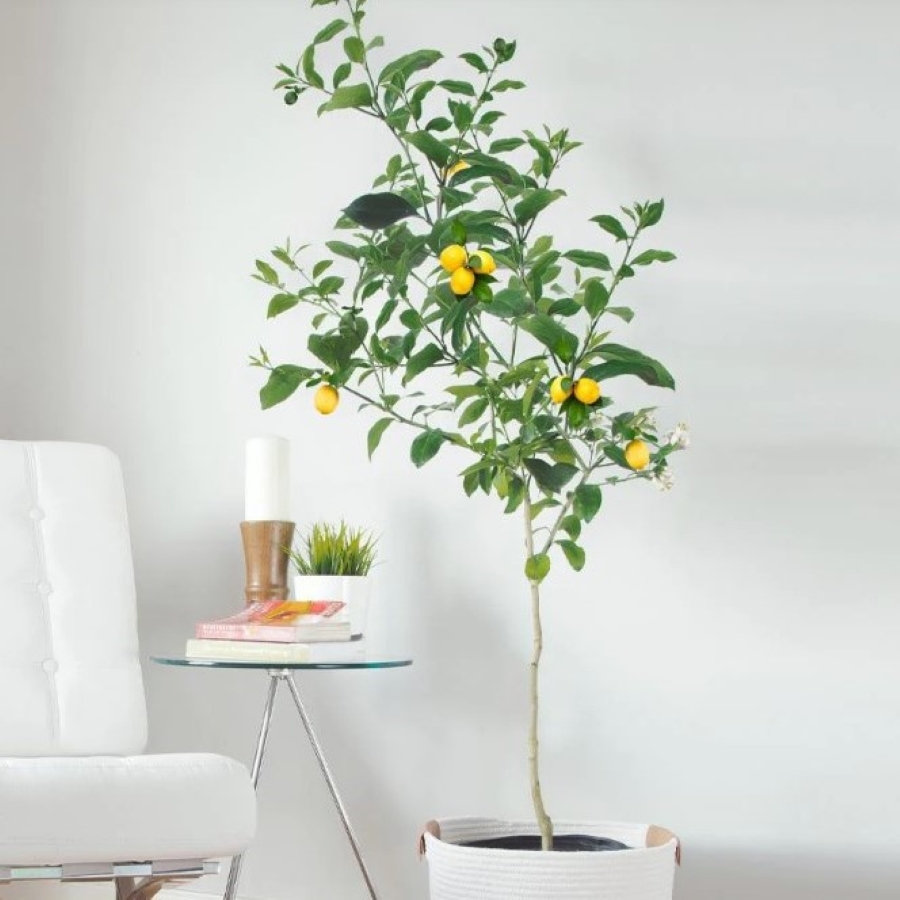
Citrus trees are sensitive to cold and will need to be brought indoors. ‘This is because citrus trees exposed to frost will drop fruit and may sustain permanent damage,’ warns Lina, adding that young citrus trees will continue fruiting indoors if nurtured. ‘Young citrus trees often need to stay indoors for four to six months in climates with cold winters,' she adds. 'In warmer zones, they may only need protection on the coldest nights.'
When dealing with indoor fruit trees it's vital to ensure they get lots of natural light, so make sure they're placed close to a window (ideally south-facing so they can enjoy the sun for a few good hours every day). While they don’t like too much water on their roots, they do thrive in a humid environment so Lina advises misting leaves or using a humidifier since indoor air is typically dry.
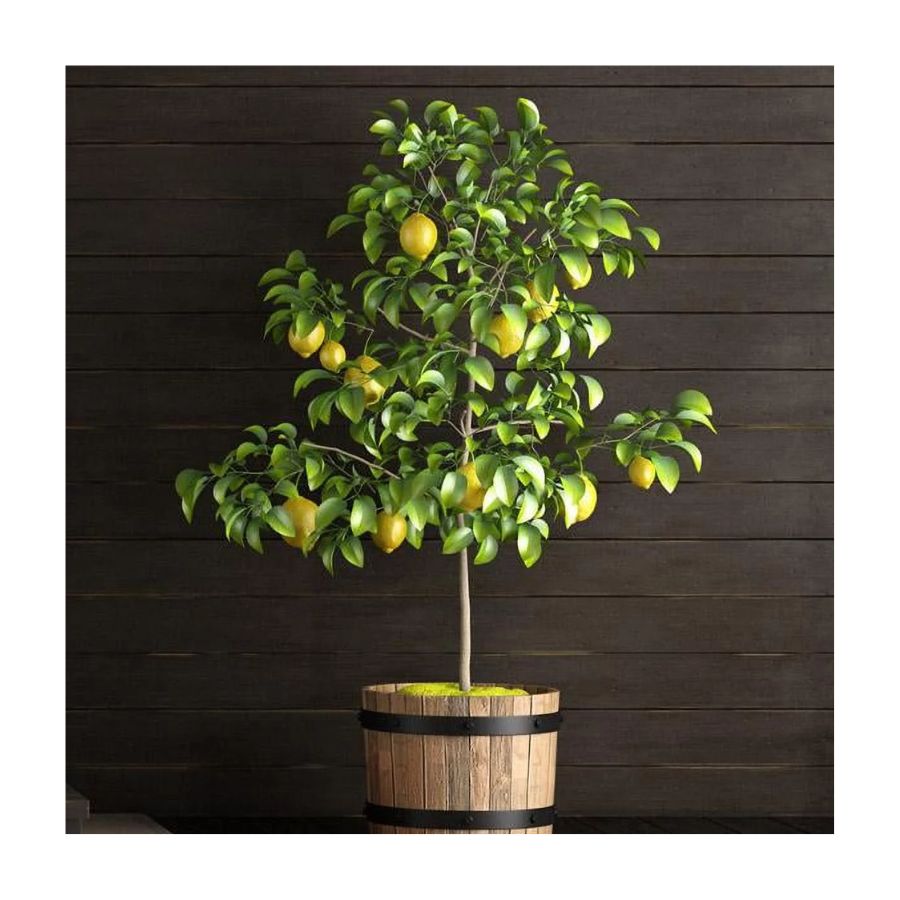
Price: $79.99
Brought indoors, citrus trees will be a fresh pop of color and will brighten up your decor.
Be The First To Know
The Livingetc newsletters are your inside source for what’s shaping interiors now - and what’s next. Discover trend forecasts, smart style ideas, and curated shopping inspiration that brings design to life. Subscribe today and stay ahead of the curve.
Raluca formerly worked at Livingetc.com and is now a contributor with a passion for all things interior and living beautifully. Coming from a background writing and styling shoots for fashion magazines such as Marie Claire Raluca’s love for design started at a very young age when her family’s favourite weekend activity was moving the furniture around the house ‘for fun’. Always happiest in creative environments in her spare time she loves designing mindful spaces and doing colour consultations. She finds the best inspiration in art, nature, and the way we live, and thinks that a home should serve our mental and emotional wellbeing as well as our lifestyle.
-
 Sateen vs Percale Sheets — What's the Difference, and Which Are Better?
Sateen vs Percale Sheets — What's the Difference, and Which Are Better?Who would have thought a simple weave pattern could make all the difference to your sleep
By Devin Toolen
-
 I Asked Interior Designers to Share the Worst Design Trends They've Seen on Social Media — And What They Want to See Instead
I Asked Interior Designers to Share the Worst Design Trends They've Seen on Social Media — And What They Want to See InsteadJust because something is trending, doesn't mean it's tasteful — from dupe-culture to OTT lighting, here's what designers hate seeing in homes
By Devin Toolen
